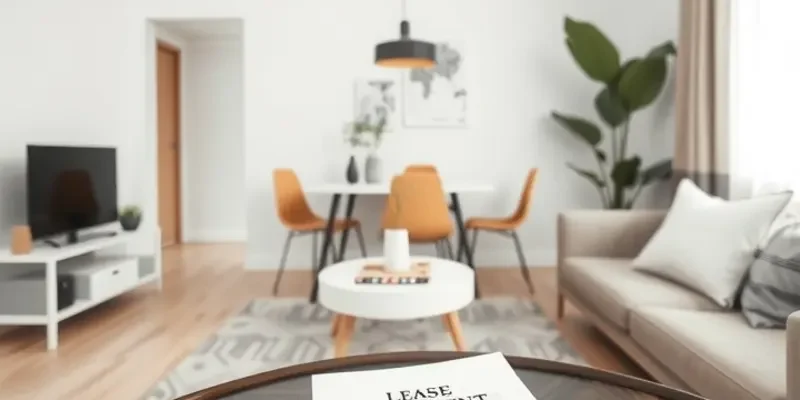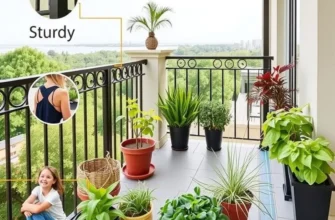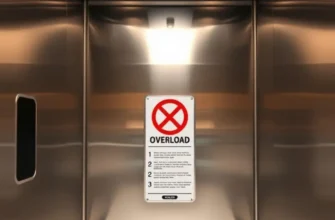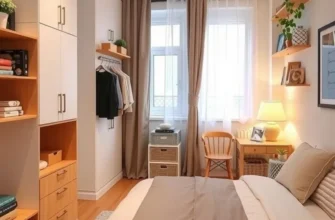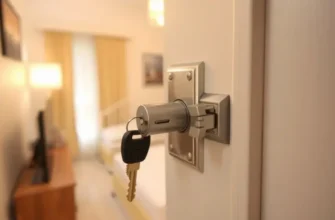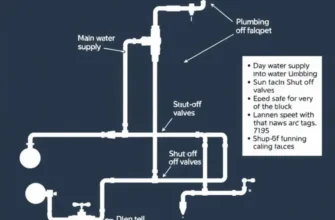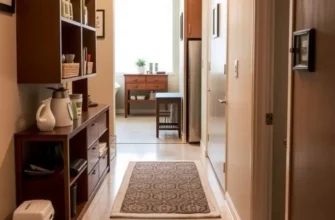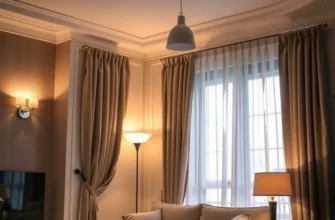Renovating an apartment as a renter can often feel daunting, but with the right safety protocols and efficient practices, the process can be smooth and worry-free. Whether you’re looking to create a cozy nook, install smarter storage solutions, or simply refresh your space, it’s essential to prioritize safety and security throughout the process. Understanding what renovations are permissible in your lease, as well as how to manage risks, can ease the renovation journey. This guide will provide practical tips tailored specifically for renters, ensuring that home improvements aren’t just about aesthetics but also about enhancing your living environment securely. From the materials you use to the foundational safety checks, this approach will equip you with the necessary knowledge to ensure that your renovation projects are both stylish and secure.
Understanding Rental Regulations Before You Start
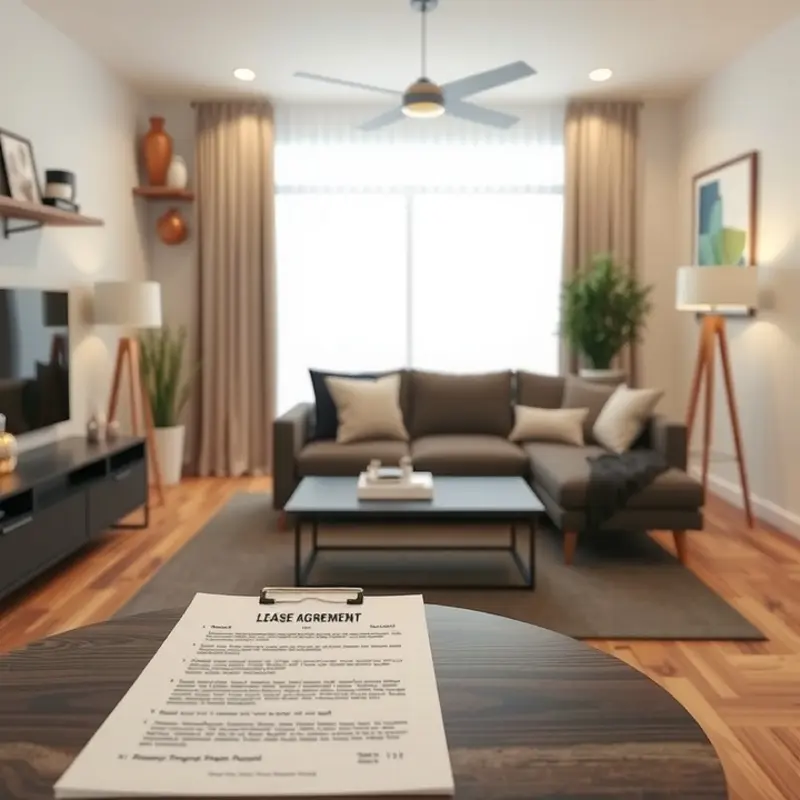
Embarking on a renovation journey in your rental space requires more than just imaginative ideas and DIY skills. Before you pick up a brush or hammer, it’s crucial to understand the rules and permissions governing rental properties. Knowing your lease terms and communicating with your landlord establish a foundation for safe and compliant improvements.
Deciphering Your Lease Agreement
The lease document you signed when moving into your apartment contains critical guidelines about alterations. It often includes clauses specifying which types of changes are permissible, what needs landlord approval, and potential fees or penalties for unauthorized modifications. Thoroughly review your lease to identify conditions related to painting walls, installing fixtures, or even hanging artwork. If your lease is silent on specific changes, it’s best to assume prior approval is required.
Establishing Open Communication
Effective communication with your landlord is key to ensuring your renovation plans align with rental regulations. Begin by drafting a clear proposal of intended changes detailed enough to address materials, processes, and potential impacts on the property. Express an understanding of returning the space to its original condition if requested upon moving out.
Landlords appreciate tenants who are proactive and transparent. A good rapport can lead to them being more amenable to your ideas, potentially offering suggestions or compromises to meet both parties’ needs.
Securing Permissions and Documentation
Once you’ve communicated your intentions, it’s vital to obtain written permission from your landlord. This documentation safeguards you against future disputes about unauthorized changes. Should any misunderstandings arise about the scope or impact of your renovations, having written consent provides clear evidence of agreed terms.
In some cases, landlords may require you to use professional services for particular installations to ensure safety and compliance with building codes. Be prepared to discuss possible costs and weigh these against the potential enhancement’s value to your living experience.
Tenant Rights and Regulations
Familiarizing yourself with tenant rights at a local or state level can be immensely beneficial. These regulations often protect tenants from unfair practices, ensuring a balance between property enhancements and the responsibilities of maintaining a rental unit. Renting vs. Co-living can provide additional insights into tenant dynamics that might affect your renovation ambitions differently.
Practical Tips for Navigating Approval Processes
- Start Small: Begin with minor, non-permanent changes. These are usually well-received and offer a glimpse into the landlord’s flexibility.
- Leverage Examples: Share visuals or examples of similar renovations. Visuals help underscore your ideas’ aesthetic and functional value.
- Highlight Benefits: Emphasize how enhancements could increase apartment value or tenant satisfaction.
By diligently understanding your rental agreement and fostering transparent communication, you set the stage for a renovation that respects both your vision and rental regulations, ensuring a harmonious, personalized space you can truly call home.
DIY Safety: Best Practices for Safe Renovation
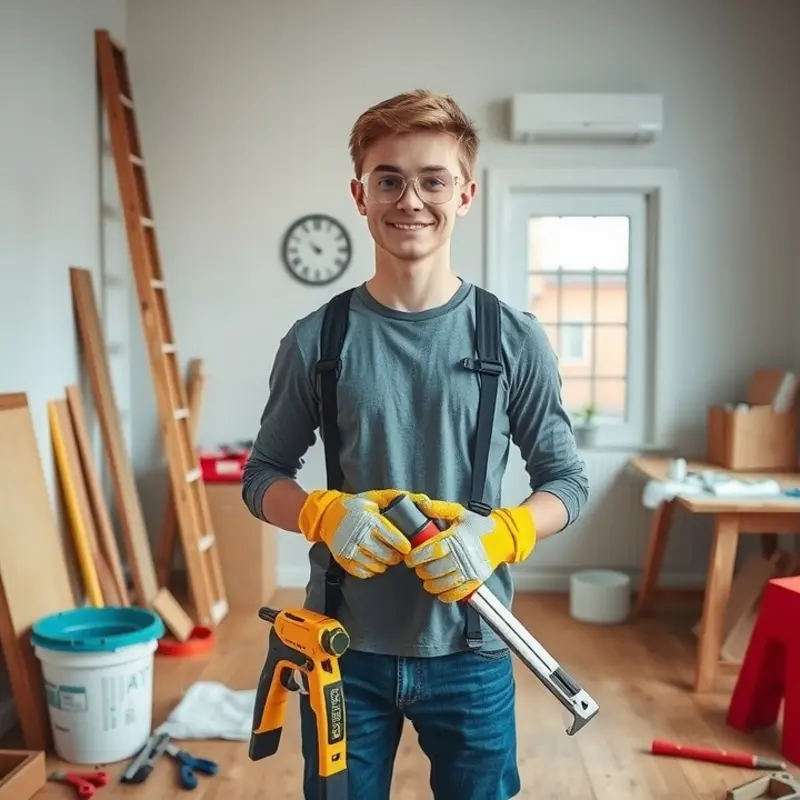
Embarking on a DIY home improvement project can be exciting but it’s crucial to prioritize safety. Renters face unique challenges as they need to avoid permanent changes to the property while ensuring their upgrades don’t lead to costly repairs or hazards. Here’s a guide to safe DIY practices that help maintain security while enhancing your space.
When starting any DIY project, the first step is preparation. Clearly outline your project scope and gather all necessary tools and materials. This minimizes distractions and helps maintain focus, which is crucial for both safety and efficiency. Essential tools such as a sturdy step ladder, hammer, screwdriver set, and measuring tape are typically safe for renters as they don’t alter the property. Ensure all tools are in good working condition to prevent injury.
Choosing the right materials is another critical step. Always opt for non-permanent and renter-friendly options. For instance, peel-and-stick wallpaper and adhesive hooks provide aesthetic enhancements without damaging walls. Additionally, utilizing removable hooks is an excellent way to add storage without drilling into walls, as detailed in this DIY Renter-Safe Coat Hooks guide.
Focusing on secure practices will mitigate risks. Begin with a tidy workspace to prevent trip hazards and maintain good ventilation, especially when using paints or adhesives. Use personal protective equipment, like gloves and safety goggles, to shield yourself from potential harm.
Before making any structural adjustments, thoroughly inspect building safety guidelines and your lease agreement. Certain alterations might necessitate approval from your landlord, especially if they might impact the building’s integrity. Checking in advance can save you time and prevent disputes later.
For tasks involving electricity, such as installing new light fixtures, it’s advisable to consult an expert. Even seemingly small electrical changes can lead to significant safety hazards if not handled correctly. Similarly, avoid attempting major plumbing or structural projects without professional help.
Once you finish your project, ensure all tools and materials are neatly stored away. This not only contributes to a safe environment but also preserves the longevity of your tools and prevents accidental injuries. Be prepared to restore any modifications to their original state before moving out, which is often a requirement in rental agreements.
Lastly, stay informed about innovative renter-friendly solutions that could complement your DIY projects. Consider resources or community classes that focus on safe building techniques, which might offer insights specific to apartment living. Undertaking renovations safely is not just about achieving a beautiful home, it’s about enjoying the process without compromising well-being.
Final words
Taking on renovations as a renter is not just feasible but can also be incredibly rewarding. By navigating lease regulations and prioritizing safety, you can bring your vision to life while ensuring your living space remains secure. Always remember to communicate with your landlord, stay informed about what modifications are permissible, and implement best practices during renovations. This proactive approach not only enhances your apartment but also provides peace of mind, knowing you’ve made choices that protect your space and well-being. Happy renovating!

